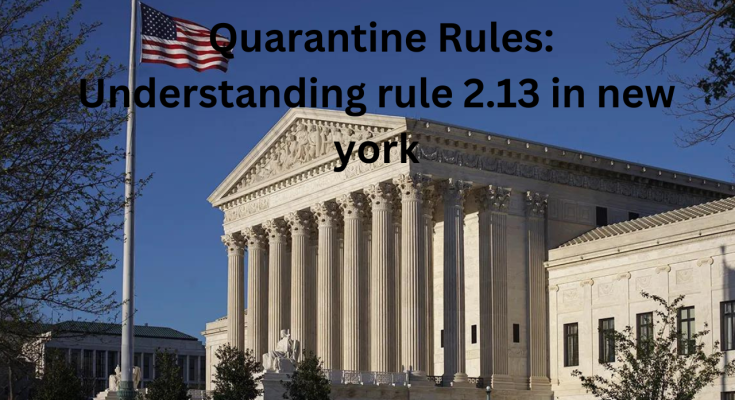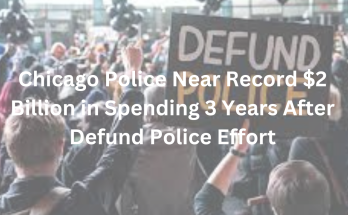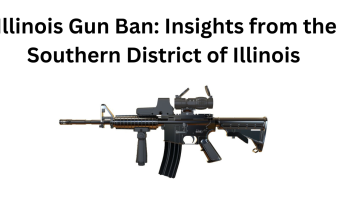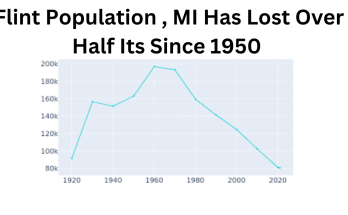Introduction to rule 2.13 in new york:
In a significant development, a judicial panel has upheld New York State’s quarantine rules, reaffirming the government’s authority to implement measures aimed at protecting public health. This decision comes amidst ongoing efforts to contain the spread of infectious diseases, including COVID-19, and underscores the importance of balancing individual freedoms with collective well-being. In this article, we’ll explore the implications of the judicial panel’s ruling, delve into the specifics of Rule 2.13 in New York, and discuss the broader context of quarantine regulations in the state.
Understanding rule 2.13 in new york :
Rule 2.13 is a provision within New York State’s public health regulations that empowers health authorities to enforce quarantine measures to prevent the spread of communicable diseases. This rule outlines the legal framework for imposing quarantine orders on individuals who may pose a risk to public health due to exposure to infectious diseases or travel to high-risk areas.
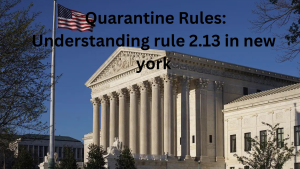
Read More Article : Chicago and New Orleans Named U.S. Murder Capitals
Key Provisions of rule 2.13 in new york:
rule 2.13 in new york grants state and local health authorities the following powers and responsibilities:
- Issuance of Quarantine Orders: Health officials have the authority to issue quarantine orders requiring individuals to remain isolated or restricted in their movements to prevent the spread of infectious diseases.
- Enforcement of Quarantine Measures: Law enforcement agencies and public health authorities are tasked with enforcing quarantine measures and ensuring compliance with quarantine orders issued under Rule 2.13.
- Penalties for Non-Compliance: Violation of quarantine orders issued under rule 2.13 in new york may result in penalties, including fines and legal consequences, to compel individuals to comply with public health regulations.
Implications of the Judicial Panel’s Decision:
The judicial panel’s decision to uphold New York State’s quarantine rules has significant implications for public health policy and individual rights:
- Protection of Public Health: Upholding quarantine rules provides health authorities with the necessary tools to contain the spread of infectious diseases and protect the health and safety of the public. Quarantine measures play a critical role in preventing outbreaks and reducing the burden on healthcare systems.
- Preservation of Individual Liberties: While quarantine rules restrict individual freedoms to some extent, the judicial panel’s decision reaffirms the government’s authority to implement measures that are deemed necessary to safeguard public health. Balancing public health interests with individual liberties remains a complex and ongoing challenge for policymakers and legal experts.
- Legal Precedent: The judicial panel’s ruling sets a legal precedent for future cases involving challenges to quarantine regulations in New York State. The decision provides clarity on the scope of the government’s authority to implement and enforce public health measures during public health emergencies.
Broader Context of Quarantine Regulations:
Quarantine regulations have a long history in public health practice and are essential tools for controlling the spread of infectious diseases. In addition to rule ny 2.13 , other states and jurisdictions have similar provisions that authorize health authorities to implement quarantine measures when necessary.
Public Health Challenges and Future Considerations:
As the COVID-19 pandemic continues to evolve, policymakers and public health officials face ongoing challenges in managing quarantine regulations and other preventive measures.
Key considerations for the future include:
- Equity and Accessibility: Ensuring that quarantine measures are implemented equitably and are accessible to all individuals, regardless of socioeconomic status or background, is essential for promoting public health and social justice.
- Transparency and Communication: Transparent communication about the rationale for quarantine measures, as well as clear guidelines for compliance and enforcement, can help foster public trust and cooperation during public health emergencies.
- Flexibility and Adaptability: Quarantine regulations must be flexible and adaptable to changing circumstances and emerging infectious disease threats. Continuous monitoring of public health data and evidence-based decision-making are critical for effective response and containment efforts.
Conclusion Quarantine Rules: Understanding rule 2.13 in new york :
The judicial panel’s decision to uphold New York State’s quarantine rules underscores the importance of proactive measures to protect public health during public health emergencies. rule 2.13 in new york provides health authorities with the legal framework necessary to implement quarantine measures aimed at containing the spread of infectious diseases. As policymakers navigate the complexities of balancing public health interests with individual liberties, ensuring transparency, equity, and flexibility in quarantine regulations remains paramount for promoting collective well-being.
Read More Interesting Article : Quarantine Rules: Understanding rule 2.13 in new york

